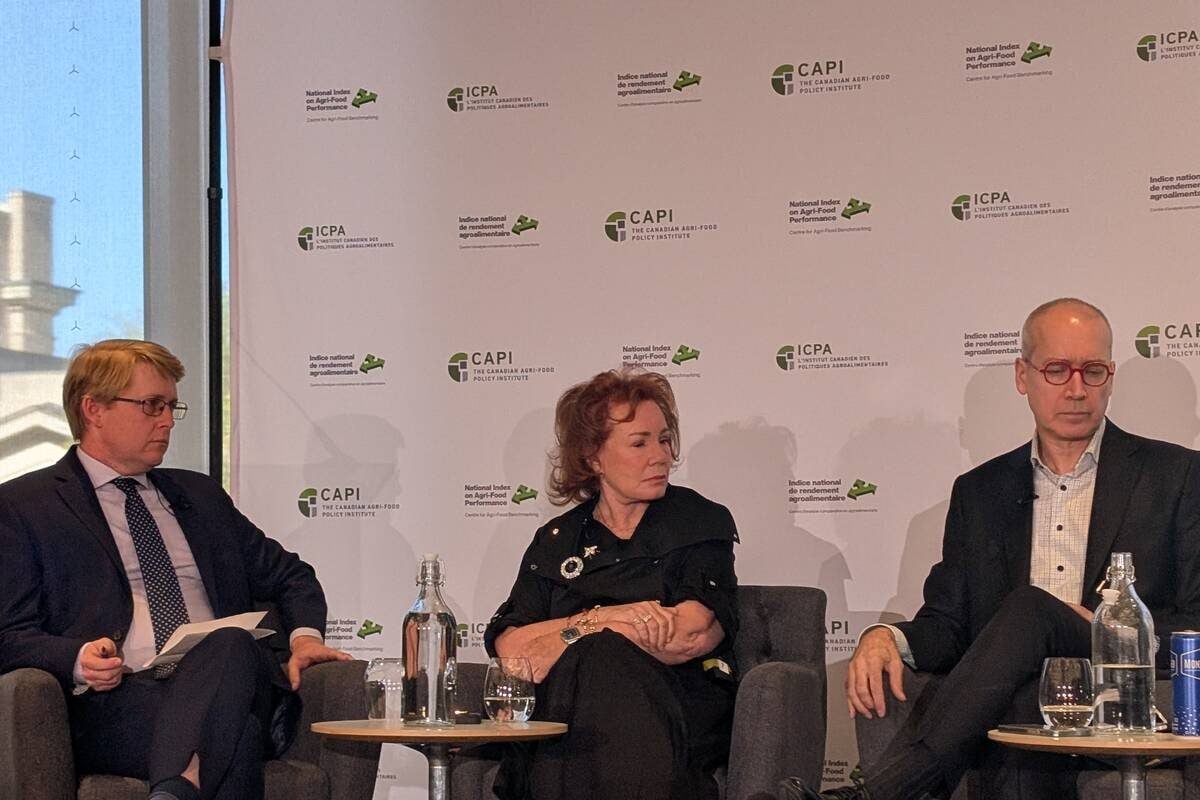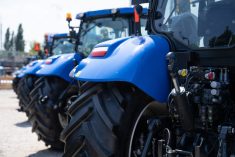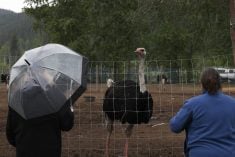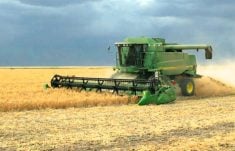RED DEER — A new name has given the Alberta Federation of Agriculture a boost.
Membership in the general farm organization is up 20 percent to 255 individual members, three commodity groups, one non-profit, two association members and 20 patron members.
“The new name fits our needs,” said president Lynn Jacobson.
The organization, which had already changed its name from Unifarm to Wildrose Agricultural Producers in 1996, made the most recent change in May 2013.
“We have reinvented our organization,” Jacobson said during the federation’s annual meeting.
Read Also

Arlene Dickinson says recent trip to Asia opened her eyes to new trade opportunities
Arlene Dickinson says Canada must take up decades-old suggestions to support the agriculture and food sectors
A lack of stable funding limits the group’s involvement in discussions, but it still manages to promote agriculture at provincial and federal events.
Taking an active role in the Canadian Transportation Agency grain transportation rail review has been a key focus for Jacobson.
Members are routinely challenged at their annual meetings to go home and persuade more farmers to join. With an aging membership, it’s always a struggle.
Jacobson said one of the main focuses this year will be to attract farmer members but also to convince more commodity groups, non profits and patrons to support the organization.
The federation also plans to ask Alberta agriculture minister Verlyn Olson for a way to achieve stable funding from farmers. Previous agriculture ministers have rejected similar requests.
A significant portion of the group’s income comes from membership in the Co-operators, but floods in Alberta and ice storms in Ontario reduced the benefits paid to it by $20,000.
Federation director Grace MacGregor expects the organization to have a $43,000 operating deficit this year.
“We can’t really cut our expenses. We need more revenue,” said MacGregor.
Like Alberta, Manitoba has a handful of commodity organizations that represent their own commodities’ interests. Dan Mazier, vice-president of Keystone Agricultural Producers, said a strong provincial commodity organization is needed to speak up for agriculture with a strong unified voice.
“We are a general farm organization. We are a policy based organization,” said Mazier.
KAP is a member-based organization with 22 commodity group members.
Membership is declining along with the number of farmers in the province, but KAP still has a strong membership base, he said.
“We are declining because there are less farmers, but are holding (our) own,” he said.
“The challenge is getting the message out about what we’re doing for members. That is still a challenge.”
Improved communication always tops farmers’ wish lists when asked what farm or commodity organizations can do, but communication costs money.
KAP directors travel across the province every fall to host 12 meetings in each district. About 12 farmers show up at each meeting.
“It’s still invaluable, but we need to spread out the meetings,” said Mazier.
Todd Lewis, vice-president of the Agricultural Producers Association of Saskatchewan, said his organization has concentrated on increasing membership. Unlike Manitoba and Alberta, APAS membership comes from the province’s 296 rural municipalities, which are not all members.
“We’ve done a reasonable job of increasing membership,” said Lewis, noting it has increased 15 percent for the past two years.
“Farmers and ranchers recognize the value of what we do, especially in the CTA (Canadian Transportation Act) discussions.”
Contact mary.macarthur@producer.com














